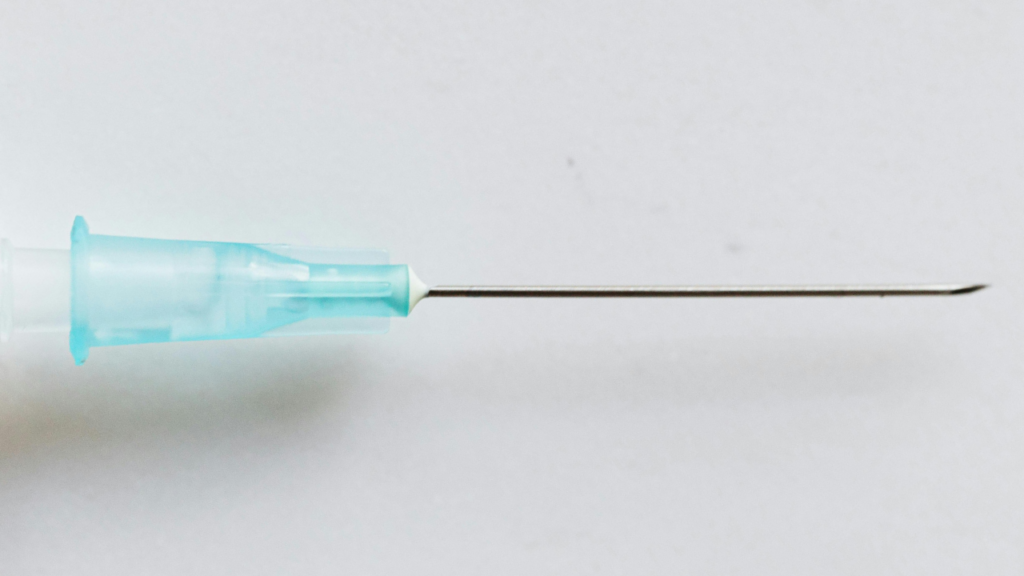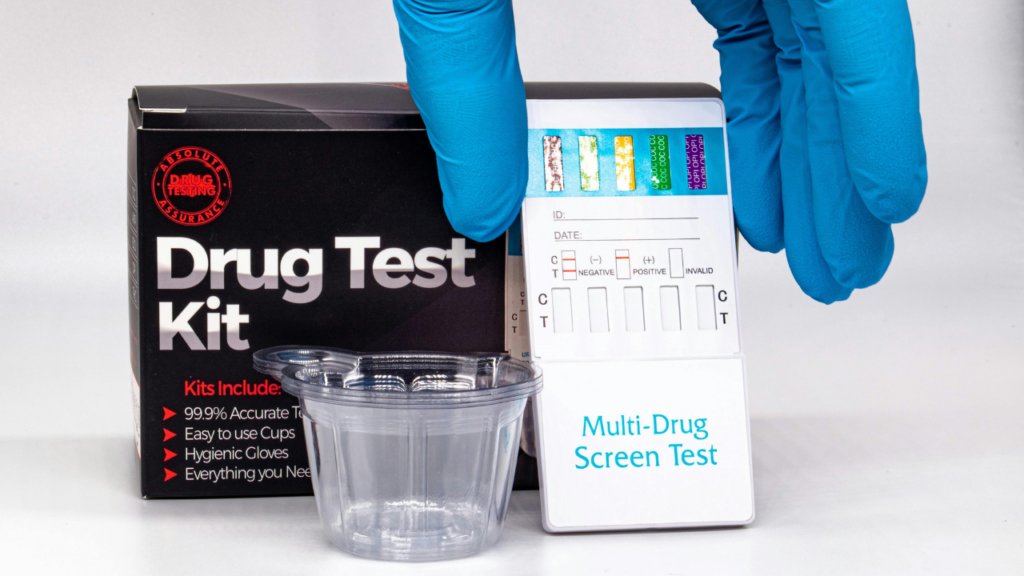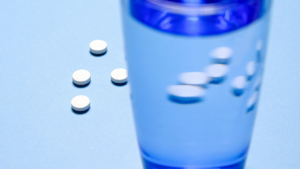Drug testing plays a crucial role in addiction treatment, helping healthcare providers monitor patient progress and ensure successful recovery. At The Bluffs, we utilize various testing methods to provide comprehensive care and support for our patients. Understanding these different types of drug tests can help you better navigate your treatment journey.
Urine Drug Testing: The Standard Method
Urine drug testing remains the most commonly used method in addiction treatment settings. This non-invasive approach offers several key advantages while providing reliable results.
How Urine Testing Works
The process begins when the body metabolizes drugs, creating specific byproducts called metabolites. These metabolites pass through the kidneys and become concentrated in urine, making them detectable through various screening methods. Laboratory technicians analyze these samples using immunoassay tests, followed by confirmatory testing when necessary.
Detection Windows
Different substances remain detectable in urine for varying periods:
- Alcohol: 12-48 hours
- Marijuana: 3-30 days (depending on usage patterns)
- Cocaine: 2-4 days
- Opioids: 2-4 days
- Amphetamines: 2-4 days
- Benzodiazepines: 3-7 days
Advantages and Limitations
Urine testing provides several benefits:
- Cost-effective screening method
- Non-invasive collection process
- Quick results availability
- Well-established testing protocols
However, some limitations exist:
- Potential for sample adulteration
- Shorter detection window compared to hair testing
- Cannot determine exact time of drug use
Blood Drug Testing: Precise but Limited
Blood testing offers the most accurate snapshot of current drug use but comes with specific considerations.
How Blood Testing Works
Blood tests directly measure the presence of drugs or their metabolites in the bloodstream. This method provides precise information about current intoxication levels and recent drug use.
Detection Windows
Blood testing typically offers shorter detection windows:
- Alcohol: 12 hours
- Marijuana: 24-48 hours
- Cocaine: 24 hours
- Opioids: 12-24 hours
- Amphetamines: 24-48 hours
Advantages and Limitations
Key benefits include:
- Highest accuracy for current drug levels
- Difficult to tamper with samples
- Provides exact concentrations of substances
Limitations to consider:
- Invasive collection method
- Higher cost than urine testing
- Very short detection window
- Requires trained medical personnel

Hair Drug Testing: Long-Term Detection
Hair testing provides unique insights into long-term drug use patterns and offers specific advantages for treatment programs.
How Hair Testing Works
As drugs circulate through the bloodstream, they become trapped within the hair follicle and integrate into the hair shaft as it grows. This process creates a permanent record of drug use that can be detected for months.
Detection Windows
Hair testing offers the longest detection window:
- Most substances: Up to 90 days
- Some drugs detectable for even longer periods
- Approximately 1.5 inches of hair growth provides three months of history
Advantages and Limitations
Notable benefits include:
- Extended detection window
- Difficult to evade or tamper with
- Provides patterns of drug use over time
Limitations include:
- Higher cost than other methods
- Cannot detect very recent drug use
- Environmental contamination possible
- May be affected by hair treatments
The Bluffs Approach to Drug Testing
At The Bluffs, we implement a comprehensive drug testing program that utilizes multiple testing methods to ensure effective treatment monitoring. Our approach includes:
- Regular screening protocols tailored to individual needs
- Combination of testing methods when appropriate
- Clear communication about testing procedures
- Support for understanding test results
- Integration of results into treatment planning
Factors Affecting Test Results
Several factors can influence drug test results:
- Individual metabolism rates
- Body mass and hydration levels
- Frequency of drug use
- Type and purity of substances used
- Medical conditions and medications
- Diet and lifestyle factors
Making Informed Decisions About Treatment
Understanding drug testing methods helps patients actively participate in their recovery journey. The Bluffs provides comprehensive education about testing procedures and uses results to adjust treatment plans when necessary.
Ready to learn more about our treatment programs and testing protocols? Our experienced team is here to answer your questions and guide you toward successful recovery.
Call us today at 330-919-9228 to speak with a treatment specialist and take the first step toward lasting recovery.
The Bluffs Ohio offers comprehensive addiction treatment services, including professional drug testing and monitoring. Our evidence-based approaches help patients achieve and maintain sobriety while building the foundation for long-term recovery success.








